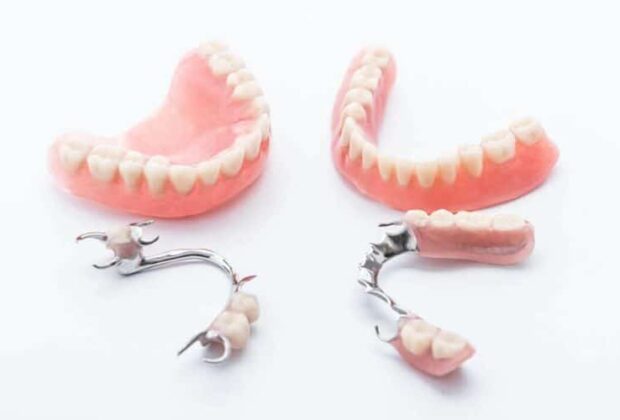Missing teeth are a common dental issue that needs to be fixed as soon as possible. Delay in providing replacement can lead to poor aesthetics, in addition to compromised masticatory function. All this may eventually cause low self-esteem and compromised oral health. One possible solution for missing teeth is a partial denture offered by the denturist in Surrey, and their expert team. Let us delve into the realm of partial dentures to understand the prostheses better.
What is meant by a partial denture?
A partial denture is a dental prosthesis that helps replace one or multiple missing teeth, thereby solving the aesthetic and functional issue of having edentulous spaces. A partial denture typically consists of one or several false teeth that rest on a plastic or metal base that mimics your gums. Unlike dental implants or bridges, partial dentures are removable and require regular cleaning and proper maintenance.
What are the types of partial dentures?
There are two main types of partial dentures, namely:
- Clasp denture: These dentures clasp onto the adjacent teeth through thin, metal clasps.
- Overdenture: This type of denture attaches to the implants inserted within your jawbone.
How are partial dentures fabricated?
Here is a detailed description of the steps involved in getting a partial denture:
- Comprehensive exam
- This initial step helps evaluate your oral health and the number of missing teeth.
- Removal of tooth fragments
- Your dentist will schedule a minor surgery to remove tooth fragments like root tips. It is usually performed under local anesthesia to ease pain and discomfort.
- This is important to enhance the stability of the denture.
- Fabricating the partial dentures
- Once your mouth has healed after the surgical procedures, it's time for denture fabrication.
- Your dentist will record oral impressions with a wax rim try-in to establish a correct bite.
- The dental technician will then fabricate appropriate partial dentures using suitable materials.
- Fitting and adjusting the partial dentures
- You will finally have a try-on appointment to check the fit and occlusion after placing the partial denture.
- Necessary adjustments will be made until you are comfortable without the presence of any sore spots.
Partial dentures are modern removable appliances that help replace a few or more teeth. They not only add aesthetic value but also help restore occlusion. This can enhance your overall quality of life by making eating and drinking easier and more comfortable. Partial dentures can last long when taken care of properly by following good oral hygiene practices.





















